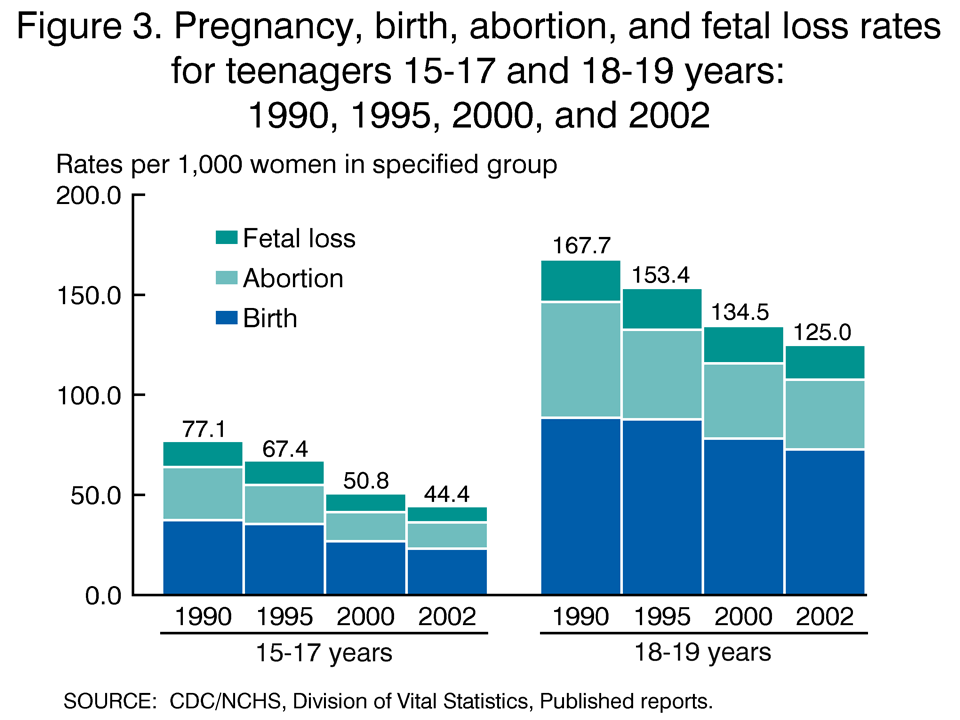
2000 Teen Pregnancy Statistics: A Comprehensive Analysis
Introduction
Teen pregnancy remains a significant public health concern in the United States, with far-reaching consequences for both the young mothers and their children. Despite decades of efforts to reduce teen pregnancy rates, the issue persists, highlighting the need for continued research and targeted interventions. This comprehensive analysis delves into the 2000 teen pregnancy statistics, examining trends, disparities, and the impact on individuals and society.
National Trends
In the year 2000, an estimated 751,000 teenagers between the ages of 15 and 19 became pregnant. This translates to a pregnancy rate of 96 pregnancies per 1,000 females in that age group. While this rate has declined from a peak of 117 pregnancies per 1,000 females in 1990, it remains significantly higher than in other developed countries.
Racial and Ethnic Disparities
Teen pregnancy rates vary significantly across racial and ethnic groups. In 2000, the pregnancy rate for non-Hispanic black teenagers was 157 pregnancies per 1,000 females, compared to 68 pregnancies per 1,000 females for non-Hispanic white teenagers. Hispanic teenagers had a pregnancy rate of 106 pregnancies per 1,000 females. These disparities reflect underlying social and economic factors that contribute to teen pregnancy, such as poverty, lack of access to education and healthcare, and cultural norms.
Socioeconomic Factors
Teen pregnancy is closely linked to socioeconomic status. Teenagers from low-income families are more likely to become pregnant than those from higher-income families. This is due to a combination of factors, including limited access to contraception, lack of sex education, and exposure to violence and trauma.
Consequences for Young Mothers
Teen pregnancy has numerous negative consequences for young mothers. They are more likely to drop out of school, have lower educational attainment, and experience poverty. They are also at increased risk for health problems, such as premature birth, low birth weight, and postpartum depression.
Consequences for Children
Children born to teen mothers face a range of challenges. They are more likely to be born prematurely, have low birth weight, and experience developmental delays. They are also more likely to live in poverty and experience educational difficulties.
Impact on Society
Teen pregnancy has a significant impact on society as a whole. It contributes to poverty, crime, and other social problems. It also places a strain on healthcare and social services.
Prevention Strategies
Preventing teen pregnancy requires a comprehensive approach that addresses the underlying social and economic factors that contribute to it. Effective strategies include:
- Comprehensive sex education: Providing teenagers with accurate information about sexual health and contraception is essential for preventing unintended pregnancy.
- Access to contraception: Ensuring that teenagers have access to affordable and effective contraception is crucial for reducing pregnancy rates.
- Support for young parents: Providing young parents with support and resources, such as housing, childcare, and education, can help them overcome the challenges of parenting and improve their own lives and the lives of their children.
- Addressing social and economic disparities: Reducing poverty, improving access to education and healthcare, and addressing the root causes of social inequality are essential for creating an environment where teenagers are less likely to become pregnant.
Conclusion
Teen pregnancy remains a complex and persistent problem in the United States. The 2000 teen pregnancy statistics highlight the ongoing disparities and the need for continued efforts to reduce pregnancy rates. By implementing effective prevention strategies and addressing the underlying social and economic factors that contribute to teen pregnancy, we can create a healthier and more equitable society for all.